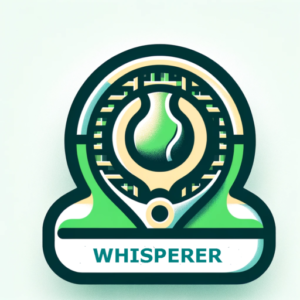Dry Eye Syndrome
Dry Eye: How Aging Eyes Affect Your Game
As we age, changes in our eyes go far beyond reading glasses or squinting at the ball at the far end of the court.
For competitive tennis players, even subtle shifts in visual clarity can quietly erode timing, footwork, and clean ball contact. One of the most overlooked culprits? Dry eye syndrome.
What Is Dry Eye Syndrome?
Dry eye syndrome causes a gritty, sandy sensation in the eyes and is often accompanied by burning, redness, and intermittent blurred vision—especially after prolonged focus, like tracking a tennis ball during rallies. Ironically, the condition can also cause excessive tearing, as the eyes attempt to overcompensate for poor lubrication. For tennis players, this can lead to delayed reactions, visual fatigue, and misjudged contact—small issues that can make a big difference in match play.
Adding to the problem, the connective tissue around the eyes naturally ages. Skin and support structures lose elasticity due to declining collagen and elastin, and these changes aren’t just cosmetic. They can impair blinking and disrupt the natural tear film. At the same time, the glands—which produce the oily layer that prevents tear evaporation—become less effective, worsening dryness and destabilizing vision under stress.
I experienced this firsthand in my own playing days. I used saline to keep my contacts moist, particularly in windy or dry indoor conditions. While today’s players have access to more advanced solutions, the principle still holds: clear vision equals clean contact—and better watching.
Don’t Guess—Get Checked
Many age-related eye conditions, including dry eye, develop gradually and without obvious early symptoms. That’s why it’s critical to have your eyes evaluated regularly by an optometrist or ophthalmologist, especially if you’re a serious athlete. What feels like a simple case of fatigue or inconsistent focus could be a sign of underlying dryness, gland dysfunction, or more serious issues like early cataracts. Getting ahead of these problems can preserve your performance—and protect your long-term eye health.
Strategies for Aging Eyes
To maintain high-level performance as your vision changes, it’s essential to adapt your on-court tactics and preparation—these key strategies can help compensate for the subtle but impactful effects of aging eyes.
-
Prevent Eye Dryness During Play: Use preservative-free artificial tears before warm-up and during changeovers to keep your eyes hydrated and comfortable throughout the match.
-
Buy Time with Smarter Positioning: Stand slightly deeper on returns and in neutral rallies to give yourself more time to process the ball’s spin, trajectory, and speed. A fraction of a second can make all the difference for aging eyes.
-
Use Higher-Margin Shot Selection: Stick to deep, crosscourt patterns and avoid chasing low-percentage winners. Simplified targets reduce visual stress and improve consistency.
-
Practice Visual Sharpness and Reaction Drills: Use ball watching eye drills, quick-reaction exercises, or even eye-tracking routines to recalibrate and train visual acuity for match conditions.
Wrap-Up
Your vision is a performance tool—just like your racquet, footwork, or tactics. And like all tools, it needs upkeep.




